1st Stage: Application Document Screening
For the qualifying tournaments in Paris, Singapore, and Hong Kong, there will be preliminary screenings to select the contestants. These screenings will be based on photos of 3 Japanese dishes made by the applicant which reflect the contest themes of “UMAMI” and “Texture and Mouthfeel,” as well as brief explanations of each of these dishes (a total of around 150 words).
- *When taking the photos, please make sure that the ingredients are clearly visible. You may submit multiple photos of a dish, taken from different angles, etc., if necessary.
- *In order to ensure fair judging, please avoid having the name of the restaurant or applicant appear in the photos.
- *The application process is different for the US qualifying tournament. Please click here for more details.
Judging
Photos of dishes will be judged according to the following criteria:
- – Is the amount of food and the size of the plate/bowl it is on well balanced?
- – Is the coloring appealing?
- – Are the ingredients cut cleanly?
- – Have traditional Japanese cooking methods been used to prepare the dish?
- – Does the dish reflect the contest themes (“UMAMI,” “Texture and Mouthfeel”)?
- – Do the ingredients complement each other?
- – Are the 3 dishes distinct, with no overlap in the type of dish and/or ingredients?
Example of photo:
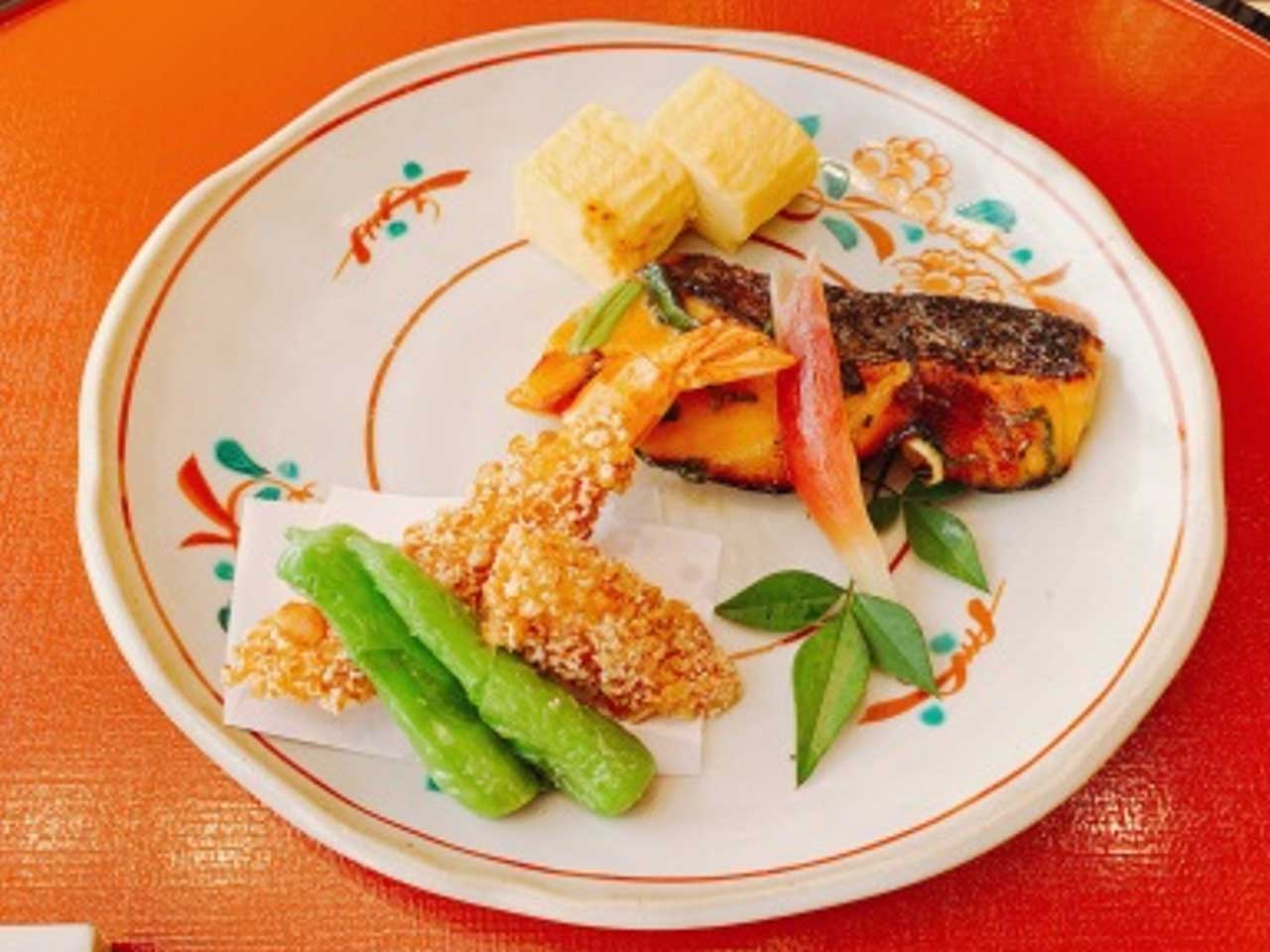
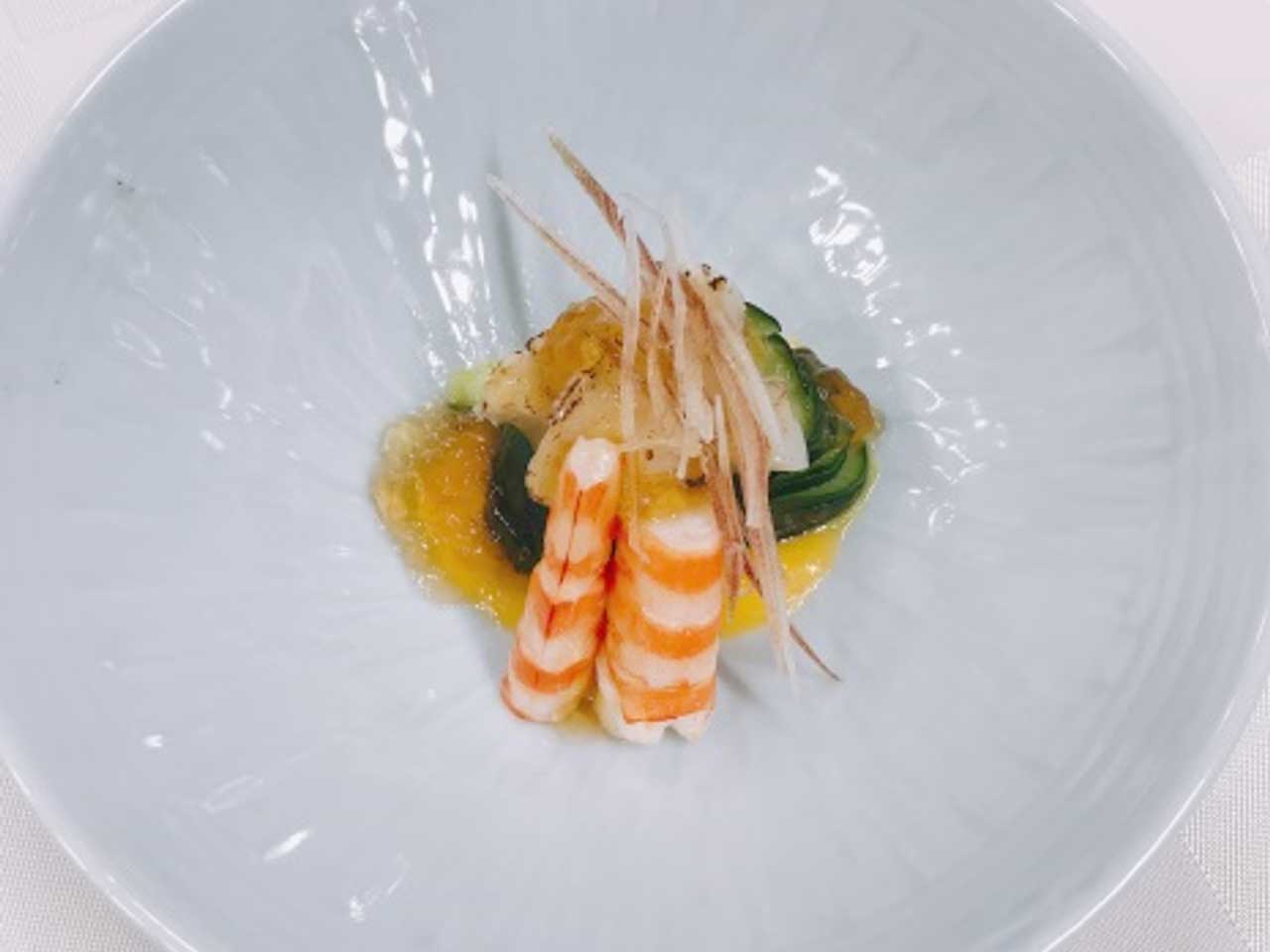
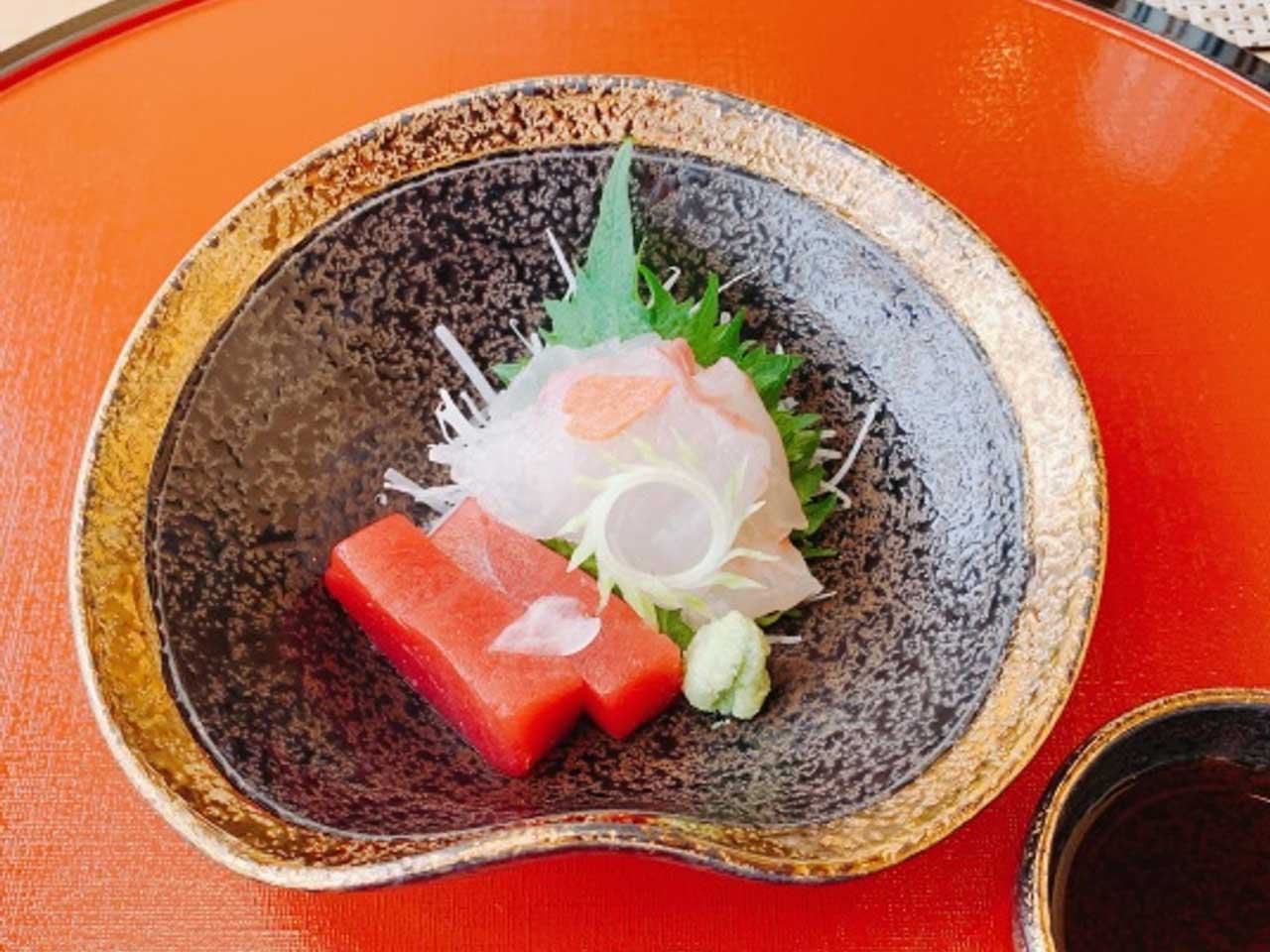
Entry Submission and Notification of Results
If you would like to apply for the Hong Kong qualifying tournament, please submit your entry and send in photos of three Japanese dishes from the form below by July 26th, 2019. You will be notified of the screening results by August 1st by email.
*Details on the Paris and Singapore tournaments to come.
2nd Stage: Regional Qualifying Tournaments
Qualifying tournaments will be held in Paris, Singapore, Hong Kong.
*The application process is different for the US qualifying tournament. Please click here for more details.
Contestants that pass the 1st Stage (Application Screening) will be asked to complete the following assignments at the qualifying tournament venue.
| 1. Test of cooking technique (basic knife skills) 15 minutes |
Using a 10cm-long piece of daikon, demonstrate the following techniques: a) Daikon katsura muki (Do katsura muki, create 30cm-long peel with no breaks) b) Daikon ken for sashimi (Make ken for roughly five people) 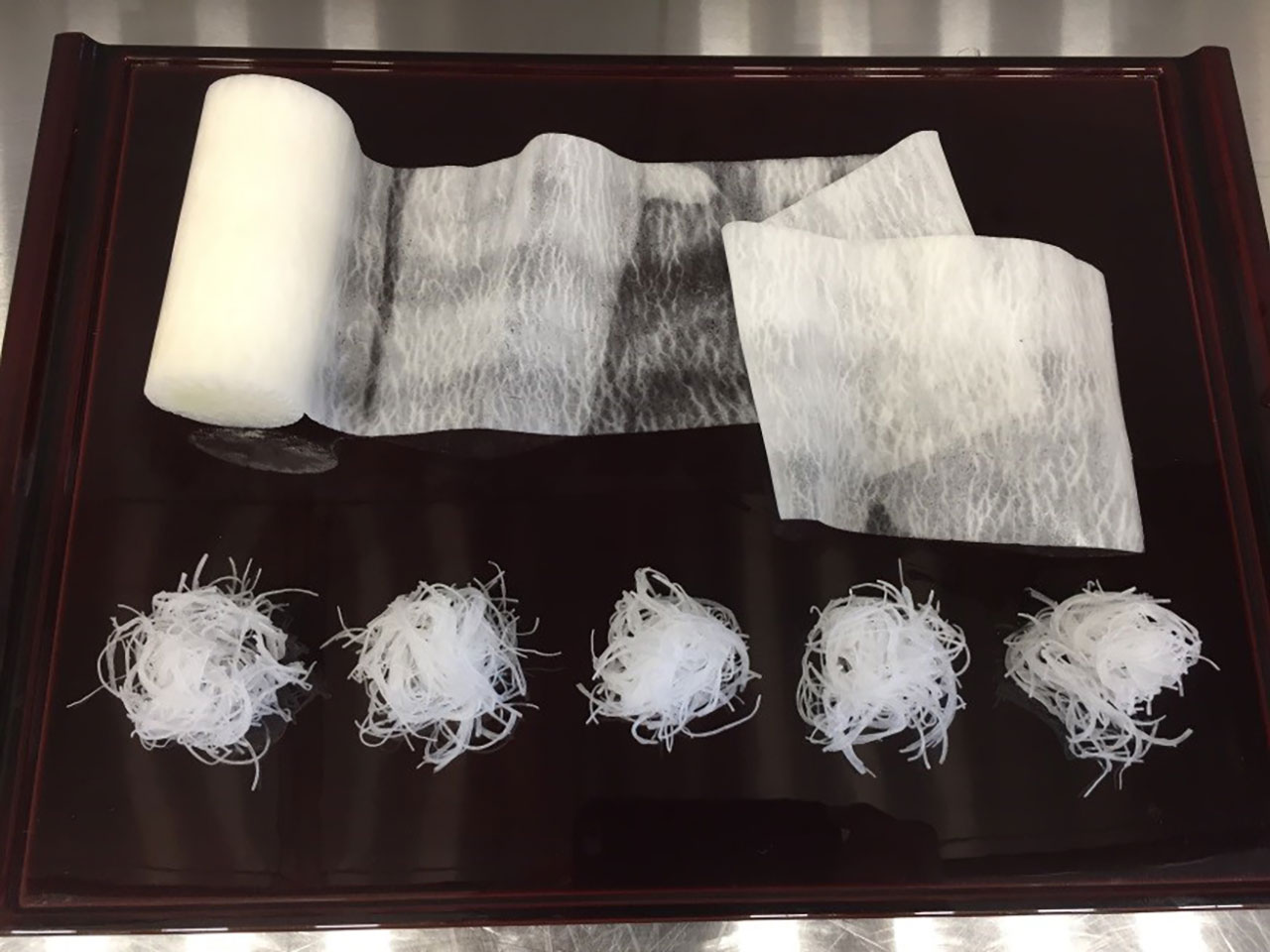 |
|---|---|
| 2. Prepare one original dish, using the designated main ingredient and utilizing the five ways of Japanese cooking in a creative manner (to serve four people) 100 minutes | Using scallops and three or more out of the five designated additional ingredients provided by the contest organizing committee (pumpkin, carrots, green beans, daikon and spinach), prepare a dish for four people, utilizing one of the five ways of Japanese cooking (cutting, simmering, grilling, steaming, and deep-frying). Contestants are asked to provide their own plates/bowls for the purpose. Designated main ingredient Scallops Designated additional ingredients Contestants will be asked to use at least three of the following ingredients for their dish. Pumpkin, carrots, green beans, daikon and spinach |
Rules and Requirements
Ingredients for “1. Test of cooking technique” will be provided by the organizing committee. Please follow the instructions of the judges as you complete the assignments.
The designated main ingredient, designated additional ingredients, and condiments for “2. Original dish” will be provided by the organizing committee. Contestants are asked to bring any other ingredients with them. These will be inspected by judges before the competition begins.
Please bring your own white chef coat, apron, hat, knives (usuba, sashimi, and deba), and plates/bowls for “2. Original dish.”
Judging
For “1. Test of cooking technique,” judges will evaluate knife movements, speed, accuracy, shape, and cleanness of the cuts.
For “2. Original dish,” judges will look at whether the designated ingredients are used as specified, the ingredients are cooked/heated in the correct manner, the knife is used correctly, the contestant has understood the contest theme, and attention has been paid to the presentation and texture of the dish. Contestants will also be judged on whether they were able to prepare the dish efficiently, paying attention to hygiene, and other elements.
3rd Stage: Final Tournament in Tokyo
Winners of the 2nd Stage (Qualifying Tournaments) will be notified of the final tournament assignments (one themed assignment, one free assignment) in December. They will be asked to submit a recipe and photo (of one serving) for the free assignment only, within two weeks of this notification. The plate/bowl to be used will be provided at the time of notification. As the New York qualifying tournament will be held in January 2020, the WWC finalist from this qualifier will be notified of the final tournament assignments immediately. As with the other finalists, they will be asked to submit a recipe and photo (of one serving) for the free assignment only, within two weeks, using a plate/bowl provided at the time of notification.
Contestants that do not submit a recipe and photo by the due date will be disqualified, and runners-up in those qualifying tournaments will be invited to compete in the final.
1. Themed assignment : Nimonowan soup with prawns (90 minutes) |
Using ingredients provided, contestants will create a specific nimonowan for five people that reflect both the predetermined dish theme and their own individuality. 【Designated ingredients】 |
|---|---|
2. Free assignment (100 minutes of preparation on day before, 120 minutes on day of final, for a total of 220 minutes) |
Using ingredients bought in Japan, contestants will prepare a creative dish that reflects this year’s theme, “Texture and Mouthfeel,” for six people.
|
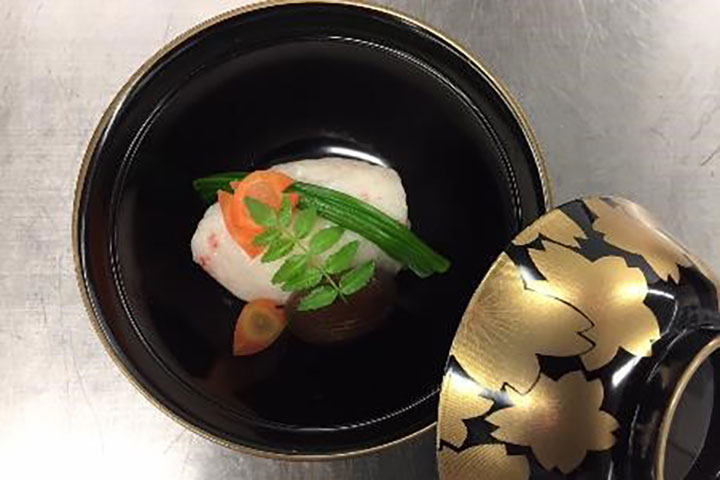
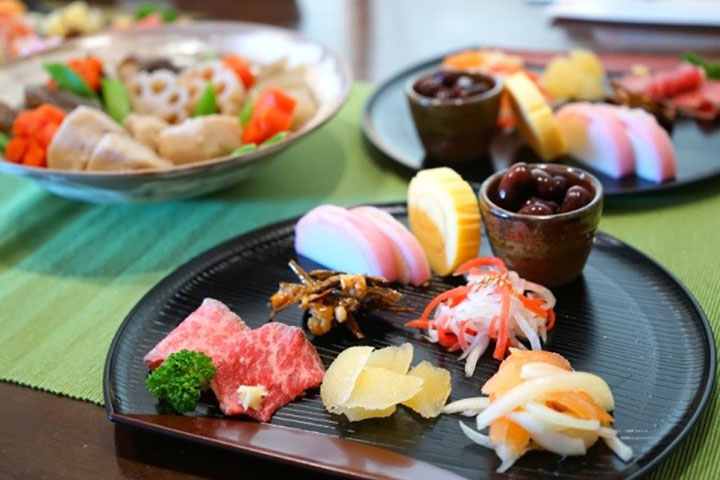
Rules and Requirements
Please bring your own white chef coat, apron, hat, and knives (usuba, sashimi, and deba).
The organizing committee will provide the bowl and hangetsubon tray to be used in assignments 1 and 2.
The committee will also provide the ingredients for “1. Themed assignment.”
For “1. Themed assignment,” judges will be looking at whether the contestant has understood the seasonal concept, cooked the ingredients in the appropriate manner, arranged the food in the bowl with attention to balance and coloring, and in the identical manner for all six servings. Judges will also evaluate the dashi broth – the extraction, flavoring, and amount – as well as the balance of flavors in the dish overall.
For “2. Free assignment,” contestants will be asked to present and explain their dishes (for about five minutes) as the judges taste them.
Also, there will be time set aside during the final tournament period for contestants to procure all of their ingredients for “2. Free assignment” (excluding water, seasoning, kombu kelp, and bonito flakes, which will be provided by the contest organizing committee).
*The committee will cover the cost of the ingredients.
Contestants will be judged on the appearance of the dish, whether the ingredients reflect the contest theme and how they have been prepared, the flavoring of the dish, the use of scents, their cooking methodology, attention to hygiene, efficiency, and other factors.
